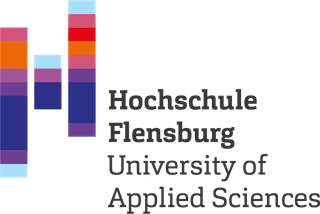Watch with Joy: Regulating children s media use through alternative activities after screen time
Amidi, M., Tietgen, S., Ananthanarayan, S., & Wallbaum, T. (2023). Watch with Joy: Regulating children s media use through alternative activities after screen time. In Proceedings of the 22nd International Conference on Mobile and Ubiquitous Multimedia (S. 456–462). New York, NY, USA: Association for Computing Machinery. http://doi.org/10.1145/3626705.3627792
